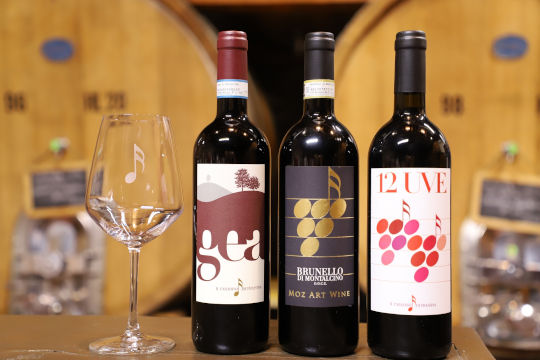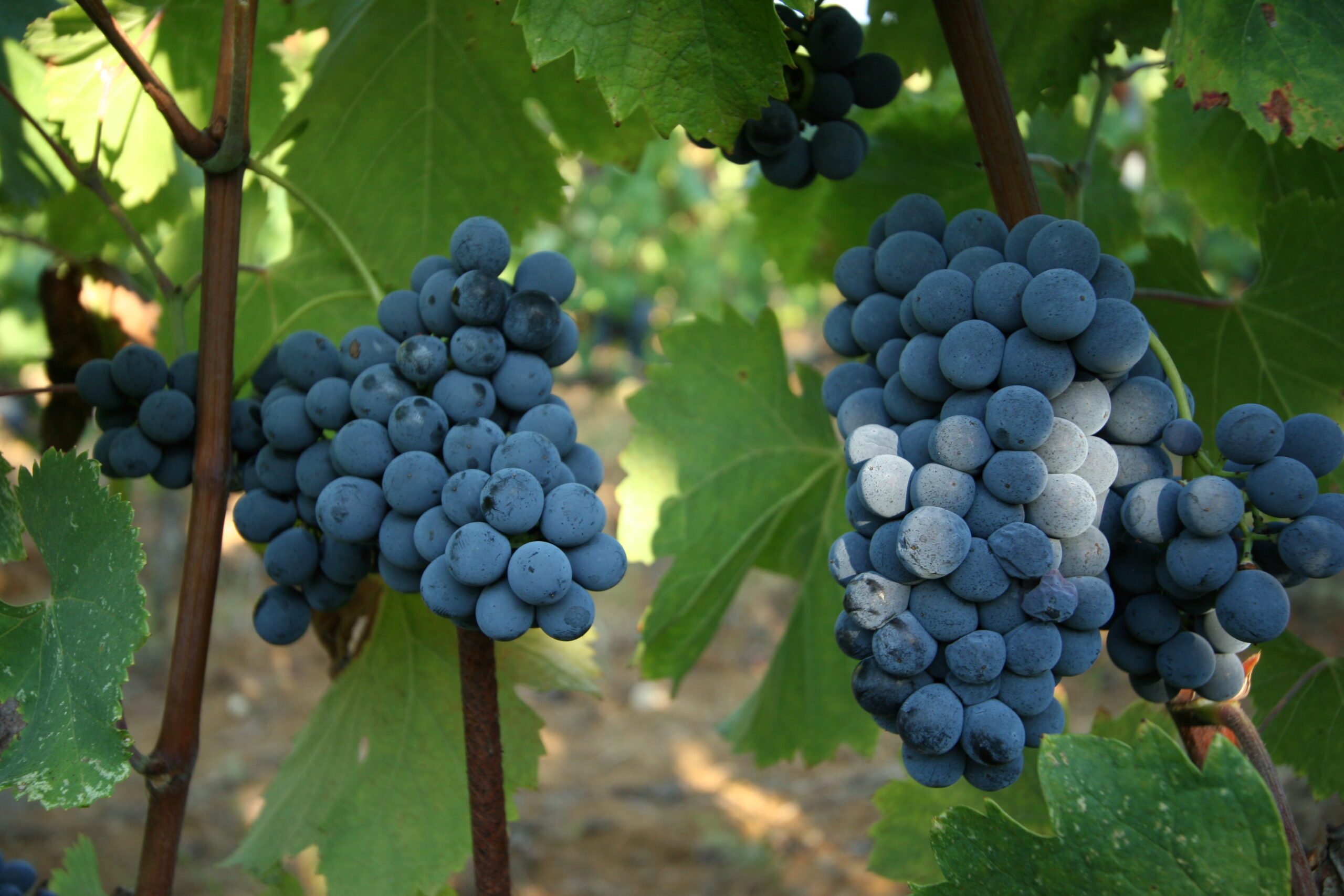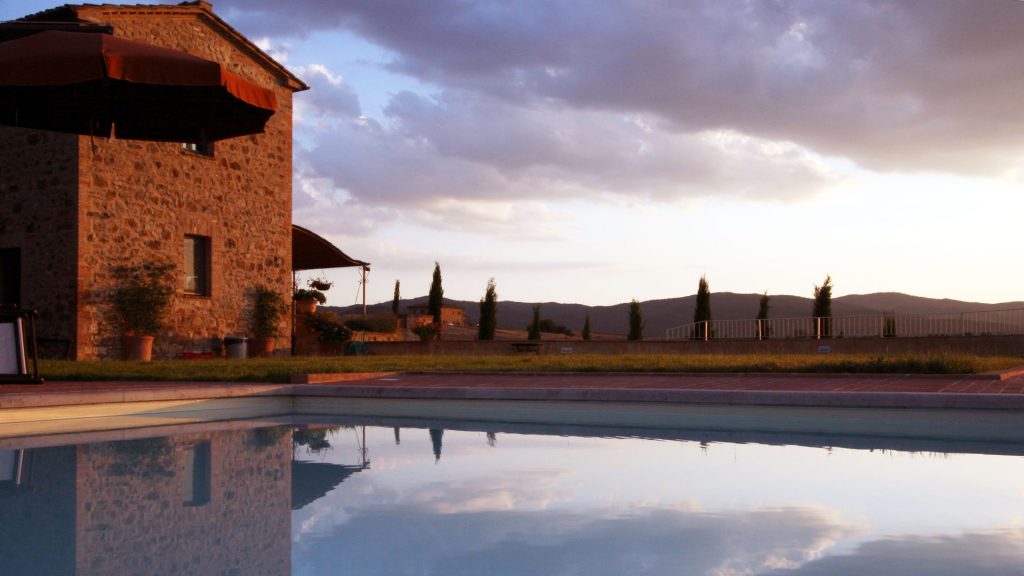Val d’Orcia, the land of Brunello wine
The Val d’Orcia is a wonderful valley which extends south of Siena up to the volcanic Mount Amiata. The Val d’Orcia is the land of Brunello wine.
This incredible valley remains one of the few places in Italy that is still incredibly beautiful and partly unspoiled, where nature and history remain as protagonists. A unique region for its scenic beauty, artistic treasures, cultural heritage and food and wine excellences. The Brunello di Montalcino wine and the Pecorino di Pienza cheese have made it famous all over the world.
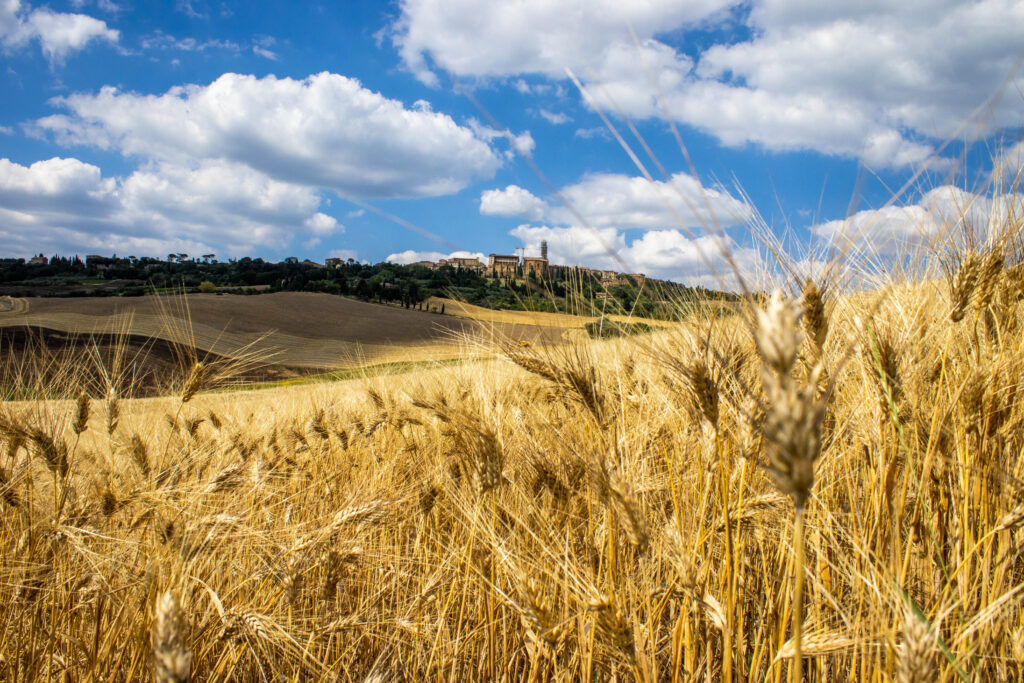
The Val d’Orcia region is recognized as a World Heritage Site by UNESCO, as it is a territory with extraordinary environmental and historical-artistic characteristics.
This beautiful valley is the perfect synthesis of harmony between man and nature. It is one of the most beautiful and fascinating territories in all of Italy, a landscape made unique by its diversity and its natural contrasts.
Sinuous hills dotted with centuries-old cypresses, boundless vineyards, olive groves, barren land, forests, villages suspended in time, ancient thermal waters.
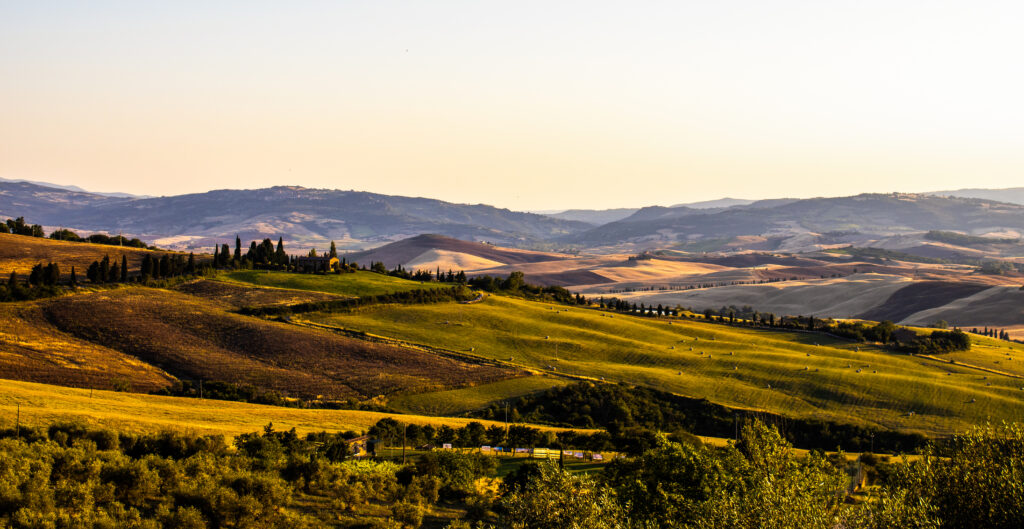
A thousand different landscapes follow one after the other, conquering the visitor’s heart; the sight is filled with landscapes that are always in contrast with each other. Plowed fields, farms and estates reveal the presence of man but always respecting the beauty of nature and the environment.
The natural landscapes are made even more beautiful by ancient villages rich in history; Pienza, the ideal city of Pope Pius II, Bagno Vignoni and the millenary thermal baths, Monticchiello and the views as far as the eye can see, the wonderful Abbey of Sant’Antimo founded at the behest of Charlemagne, Sant’Anna in Camprena, background of The English Patient, Radicofani and the fortress of the Italian Robin Hood, the majestic Rocca d’Orcia, San Quirico d’Orcia and the Horti Leonini.
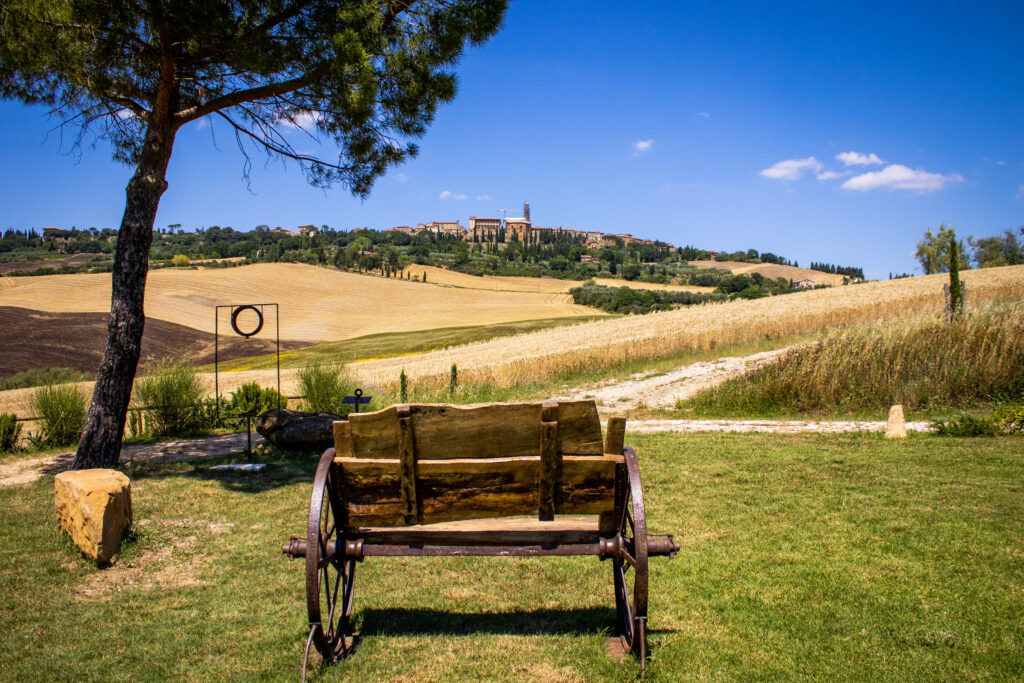
A journey through time from the Etruscan era to the Middle Ages and then to the Renaissance.
Moving from Pienza towards Montalcino, the sensation is that of finding oneself in an enchanted land; the hills run one after the other and the vineyards are becoming more and more dense. The vineyards that follow one another along the slopes are the distinctive feature of this area of the the Val d’Orcia.
Brunello di Montalcino wine and Il Paradiso di Frassina, famous as the Mozart’s Vineyard
The Sangiovese grape, which since the Etruscan age has found its natural and ideal habitat here, has reached its full consecration in the Brunello di Montalcino wine, an extraordinary red wine now famous and in demand all over the world. The Brunello wine, in fact, comes from Sangiovese grosso grapes only.
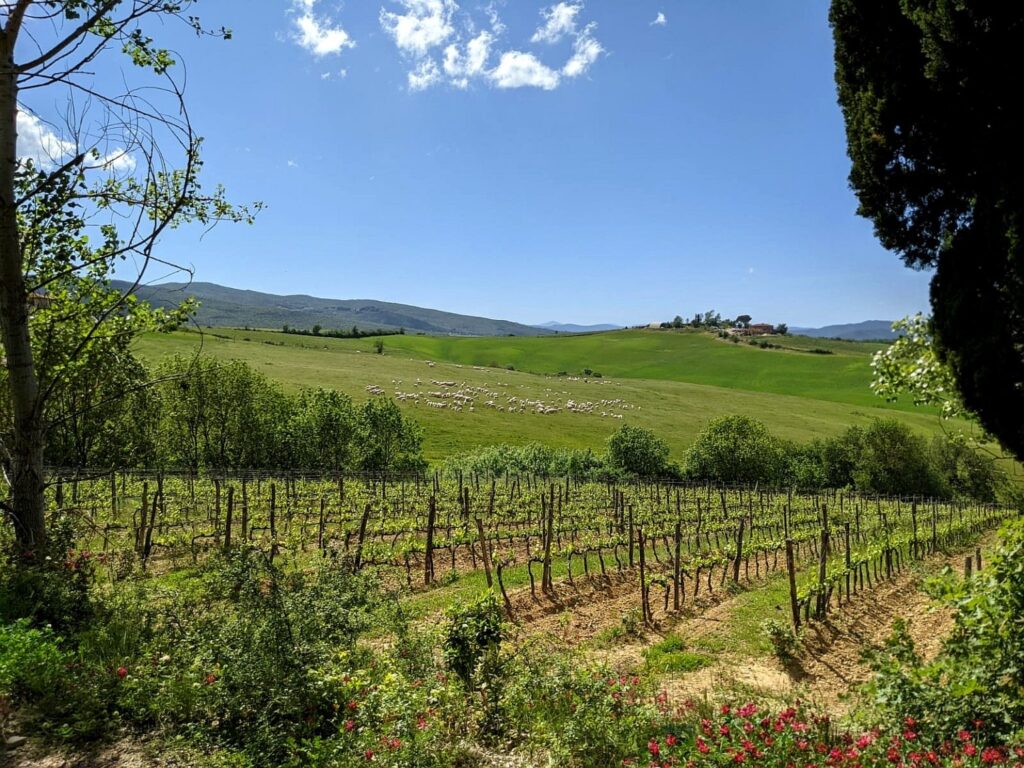
The territory where Brunello wine is produced is very heterogeneous, so much so that it has been divided into five zones, each with its own peculiar composition of the soil.
However, the wooded areas occupy the largest part of the territory and contribute to doing good to the vineyards in terms of fresh air, temperature range between day and night, ventilation and humidity reduction.
Different exposures to the sun, different altitudes, different temperatures and different soil composition can vary greatly from area to area, and this determines the different characteristics of the grapes, giving life to wines with different identities. This heterogeneity is what makes the Brunello di Montalcino unique and exclusive.
Il Paradiso di Frassina rises on the hill of Montosoli north of Montalcino and the soil is clayey-silty; we are in one of the best Brunello production areas. In addition to the climate and the composition of the soil, the Brunello del Paradiso di Frassina is made unique by the music, and the wine takes the name of Moz Art Wine.
The characteristics of the grapes are therefore made unique also by the beneficial power of Mozart’s music on the vine.
Il Paradiso di Frassina, an organic farm, is the most representative example of the harmony between man and the environment. The indisputable beneficial effects of sound waves on the vine make it possible to minimize or completely eliminate the use of harmful substances on the plants.

